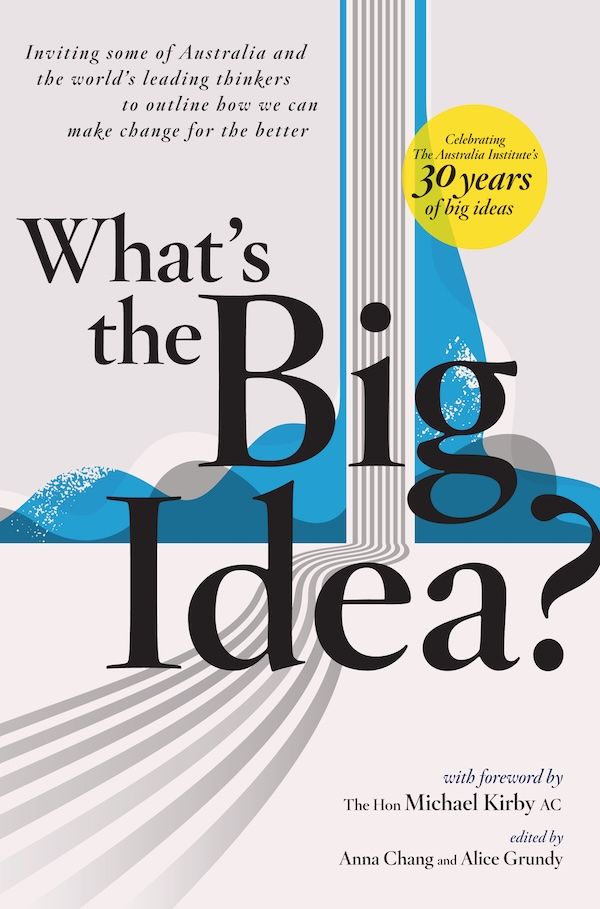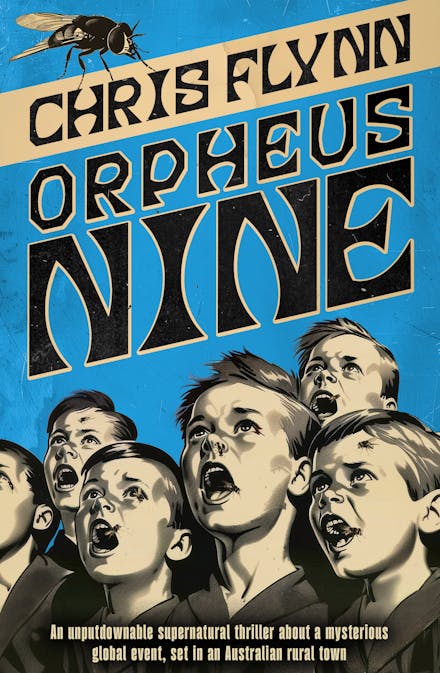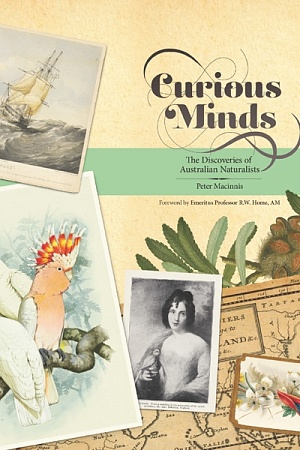A History of Art History
Princeton University Press, $59.99 hb, 459 pp
What Domenichino knew
The history of art history in the West over the past five hundred years is rich and complex and yet rests on clear historiographical foundations, themselves grounded in inescapable historical realities. Authors and artists in the Renaissance looked back to the civilisation of Greco-Roman antiquity, all but lost in the catastrophe of the fall of the Roman Empire and succeeded by centuries of dramatic cultural regression. They sought to regain the greatness of antiquity, and the bolder even hoped to surpass it.
This is the basis of Vasari’s three-stage account of the rise of Renaissance art (1550), the first beginning with Giotto, the second with Masaccio, and the third with Leonardo. Vasari considered the greatest of his contemporaries, Michelangelo, to have equalled the ancients, but a later generation came to believe that the sixteenth-century Mannerists had lost their way. From the early seventeenth century, therefore, the model was extended to include an interval of decline before the new impetus beginning with the Carracci, and this process continued in academic debates about line, colour, and what we now call the Baroque.
Continue reading for only $10 per month. Subscribe and gain full access to Australian Book Review. Already a subscriber? Sign in. If you need assistance, feel free to contact us.














Leave a comment
If you are an ABR subscriber, you will need to sign in to post a comment.
If you have forgotten your sign in details, or if you receive an error message when trying to submit your comment, please email your comment (and the name of the article to which it relates) to ABR Comments. We will review your comment and, subject to approval, we will post it under your name.
Please note that all comments must be approved by ABR and comply with our Terms & Conditions.